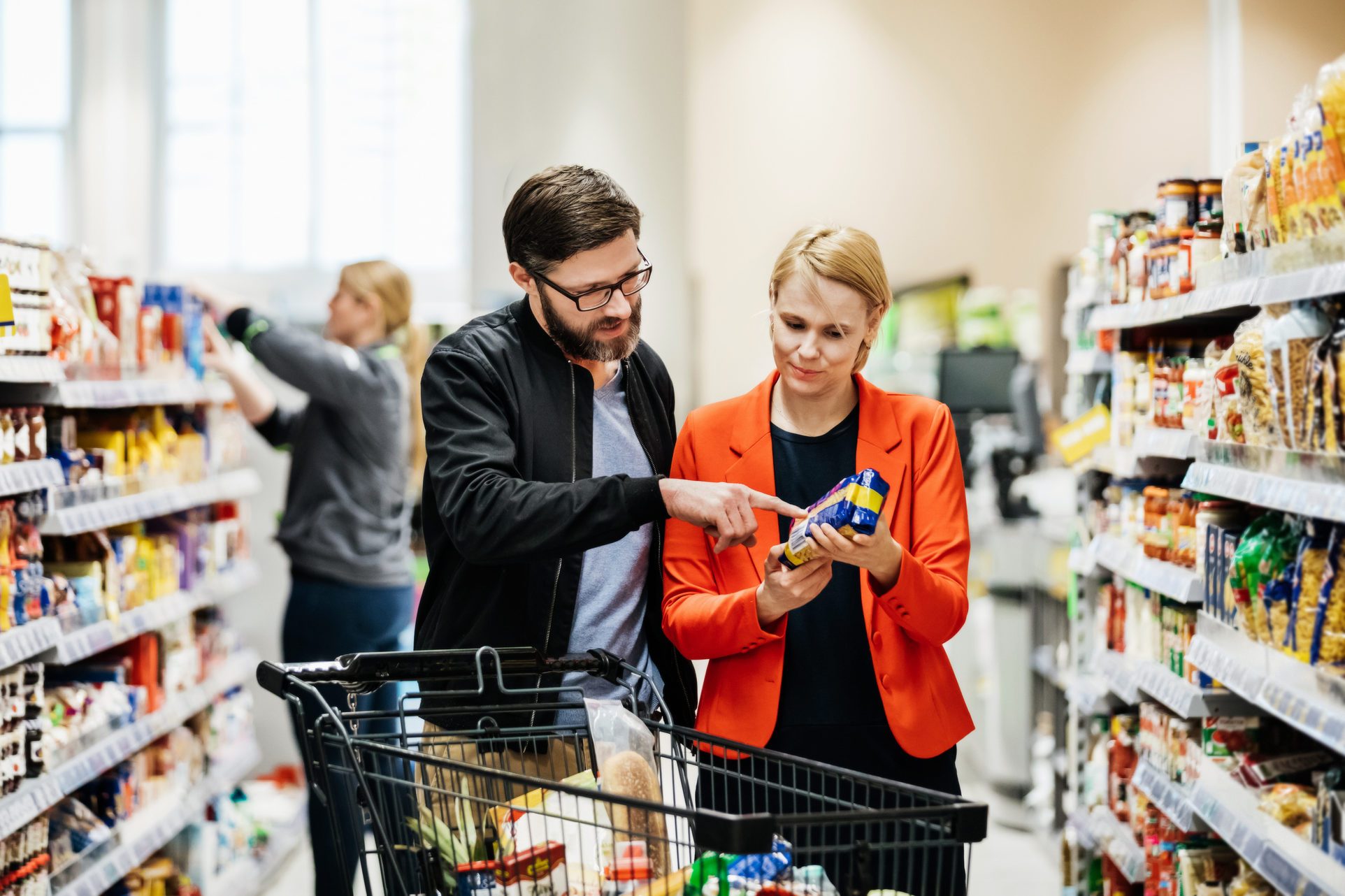
How to read nutrition labels (correctly)
When you stare at a food or nutrition label at the supermarket, it can be overwhelming to look through the product and the nutrition facts. Buzzwords like “free-range,” “all-natural,” or “fat-free” all sound like healthy choices—sometimes they are, but sometimes they are also misleading. The truth is some food companies will choose to highlight one or two ingredients to persuade you (the consumer) to buy the product and hopefully not read through the rest of the ingredients. This makes food labels confusing and misleading.
So, to understand and read them correctly, we spoke with two registered dietitians and nutritionists from the Academy of Nutrition and Dietetics who give us the breakdown of what popular nutrition label words mean and tips for smart food shopping.

You assume fat- and sugar-free products are healthy
Depending on your dietary needs, cutting back on sugar or fat could help you reach your health goals. But be careful: Reduced-fat products tend to have extra sodium or sugar, and lower sugar often means more fat or salt, says Libby Mills, RDN, culinary nutritionist for Villanova University’s MacDonald Center for Obesity Prevention and Education, professor of nutrition at Neumann University, and spokeswoman for the Academy of Nutrition and Dietetics. “Whatever they’re taking out, they typically add something else to add flavor,” she says. Plus, you might actually find yourself more satisfied with a full-fat product. For instance, if just a small handful of regular potato chips kills your craving but you could polish off a family-sized bag of baked chips easily, stick with the fattier version. Here are more “healthy” foods you should actually avoid.
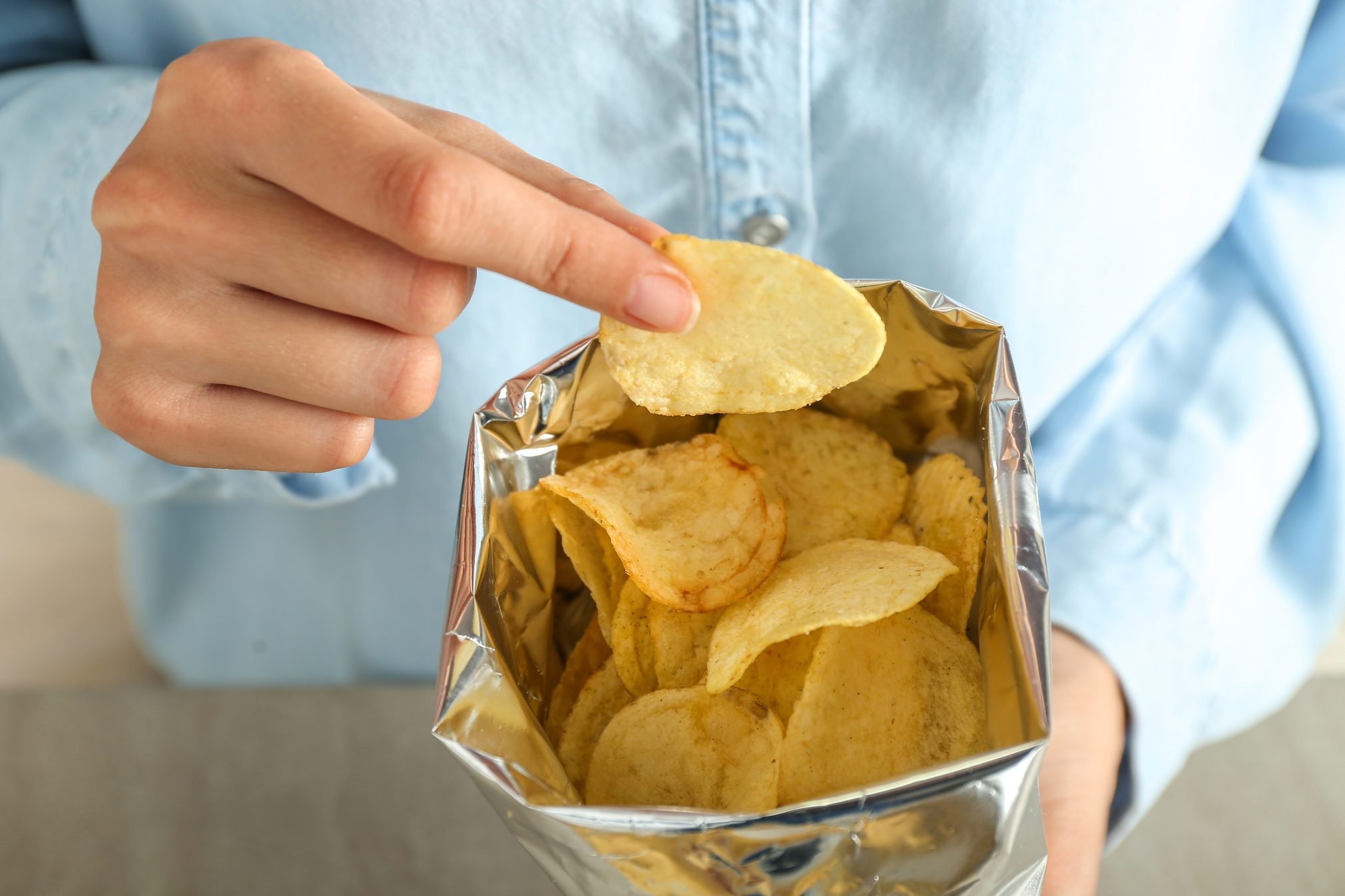
You don’t note the serving size
When you hunker down with a bag of chips, you could be blowing way past the recommended serving size, meaning you’re eating more calories and fat than you thought, says Jen Bruning, MS, RDN, LDN, spokeswoman for the Academy of Nutrition and Dietetics. For an easy, no-measure trick, she recommends noting the number of servings in a package, then eyeballing how much a serving would be, like half of a two-portion bag. Be extra careful with packages that look like a single serving. “Even with small items like candy bars, it’s important to see how many servings are in your hand,” she says. “Just because it can fit in your hand or you can eat it in one sitting doesn’t mean it fits one serving size by nutrition.”
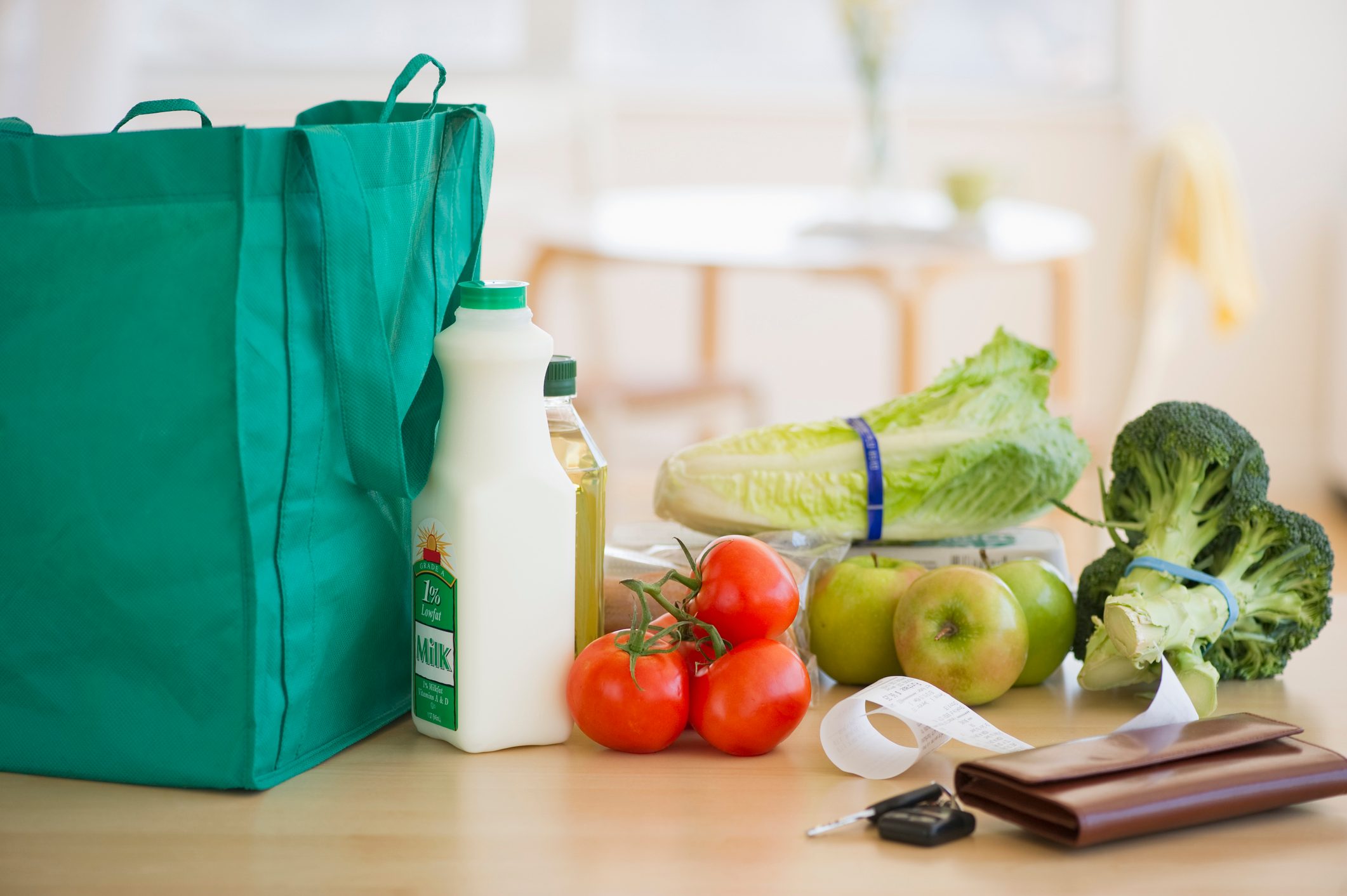
You think “all-natural” and “organic” are the same
Certified organic products have gone through an application and been inspected by the U.S. Department of Agriculture to make sure they meet the criteria—organic plants don’t use synthetic fertilizers, pesticides, and herbicides, and meats are from animals that eat organic feed and haven’t been given antibiotics or hormones. However, the label “all-natural” doesn’t have such strict guidelines. “All-natural doesn’t really mean a lot to us,” says Mills. “We know that by FDA standards it means they’ve been minimally processed, but to what degree that ‘minimally’ means to each manufacturer may be a little different.” Check instead for specific labels you care about, like antibiotic- or GMO-free.
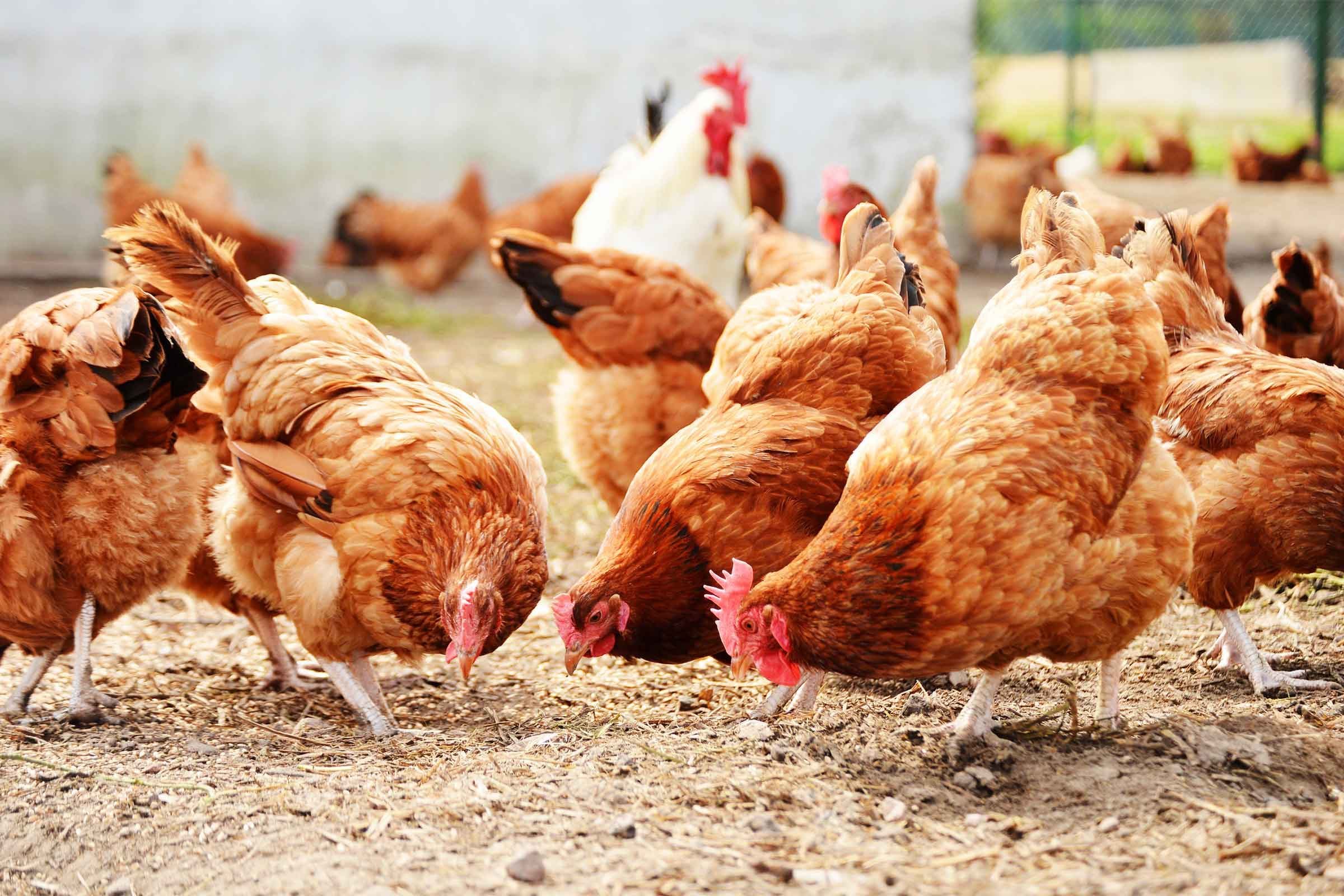
You imagine free-range animals frolicking in fields
Free-range animals haven’t been raised in cages, but that doesn’t mean they’re free to wander outside whenever they want. “It doesn’t guarantee that the animal has access to the great wilderness outdoors at all. They may be in a roofed building their entire life,” says Mills. “They may have a door to have some sunlight access, but it doesn’t guarantee every animal gets to go out.” If you’re wondering, there is a difference between cage-free and free-range.

You think all sugar is created equal
Sure, foods like milk and fruit contain natural sugars, but they also come packed with other important nutrients. On the other hand, added sugar like table sugar, corn syrup, and honey are basically empty calories. “When making a judgment of too much or too little sugar, it’s deceptive,” says Mills. “You have to look at the actual ingredients in the product.” If sugar is listed in the first half of the ingredients, you can bet it’ll pack a big caloric punch, she says, but sugar in the last half isn’t as significant. Read about these signs you may have a sugar addiction.

You think “made with real fruit” is basically a packaged apple
A product claiming “made with real fruit” does indeed contain fruit—but that doesn’t mean it can’t also include added sugars or artificial flavor. “It can say ‘made with real fruit,’ and real fruit is included in that product, but that doesn’t mean there aren’t other things,” says Bruning. “You still want to check the ingredient list and see what else is there.”
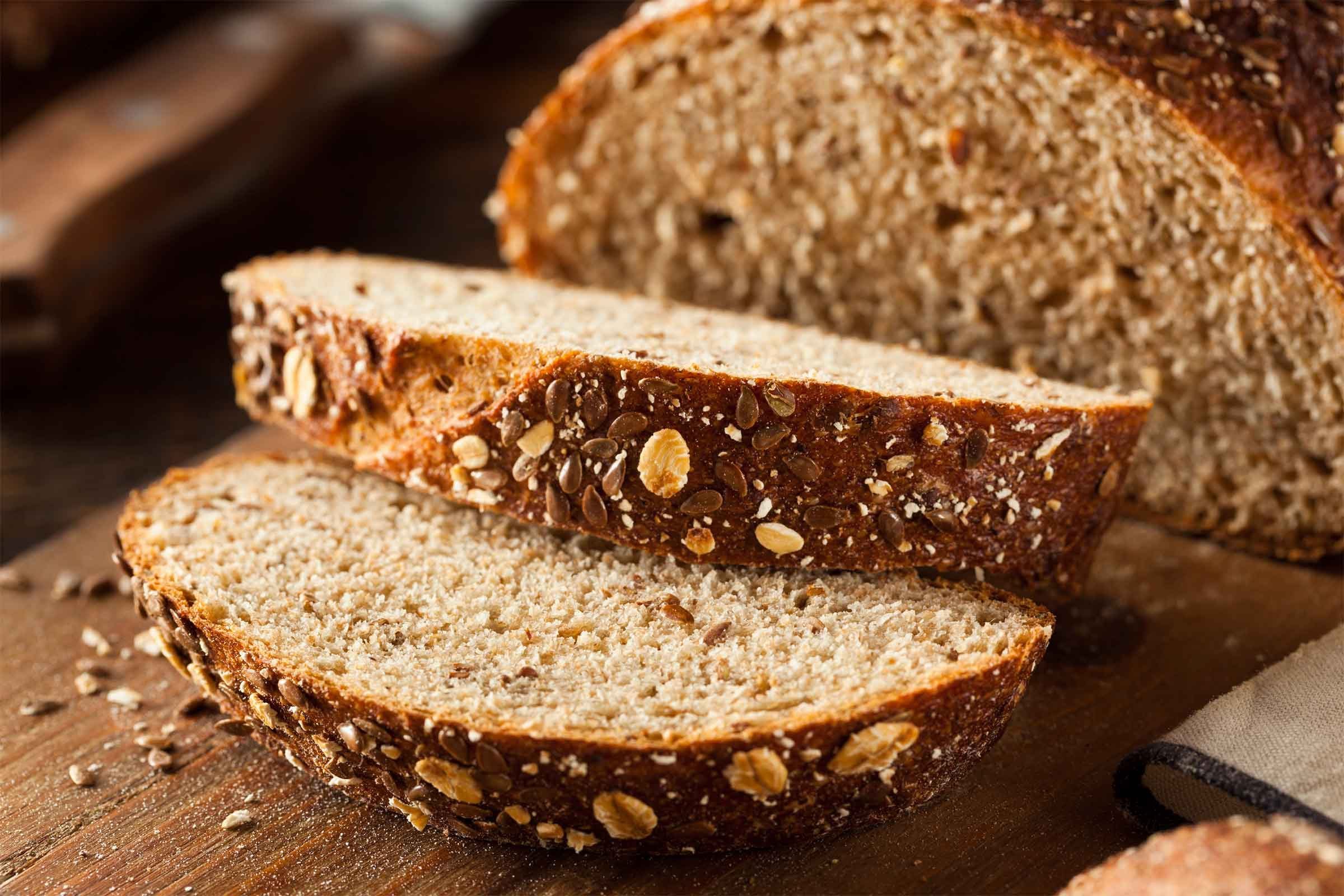
You think all wheat bread is a superfood
Seek out breads labeled 100 percent whole wheat or 100 percent whole grain to pack the biggest health punch. During processing, grain kernels are separated into three parts: germ, endosperm, and bran. Most products lose most of the bran and some germ—which contain important vitamins, protein, fats, and fiber—but whole grains keep the amounts intact. But look closely: if a label just says “whole grain” without specifying 100 percent, it could contain other, more refined flours, too. “If it says contains whole grains, that means somewhere in that ingredient list you’ll find all three parts of a whole grain,” says Bruning. “It might be left whole or processed into flour, but it’s there.” The same goes for multigrain bread, which just means it has different types of grains, regardless of how processed they are.
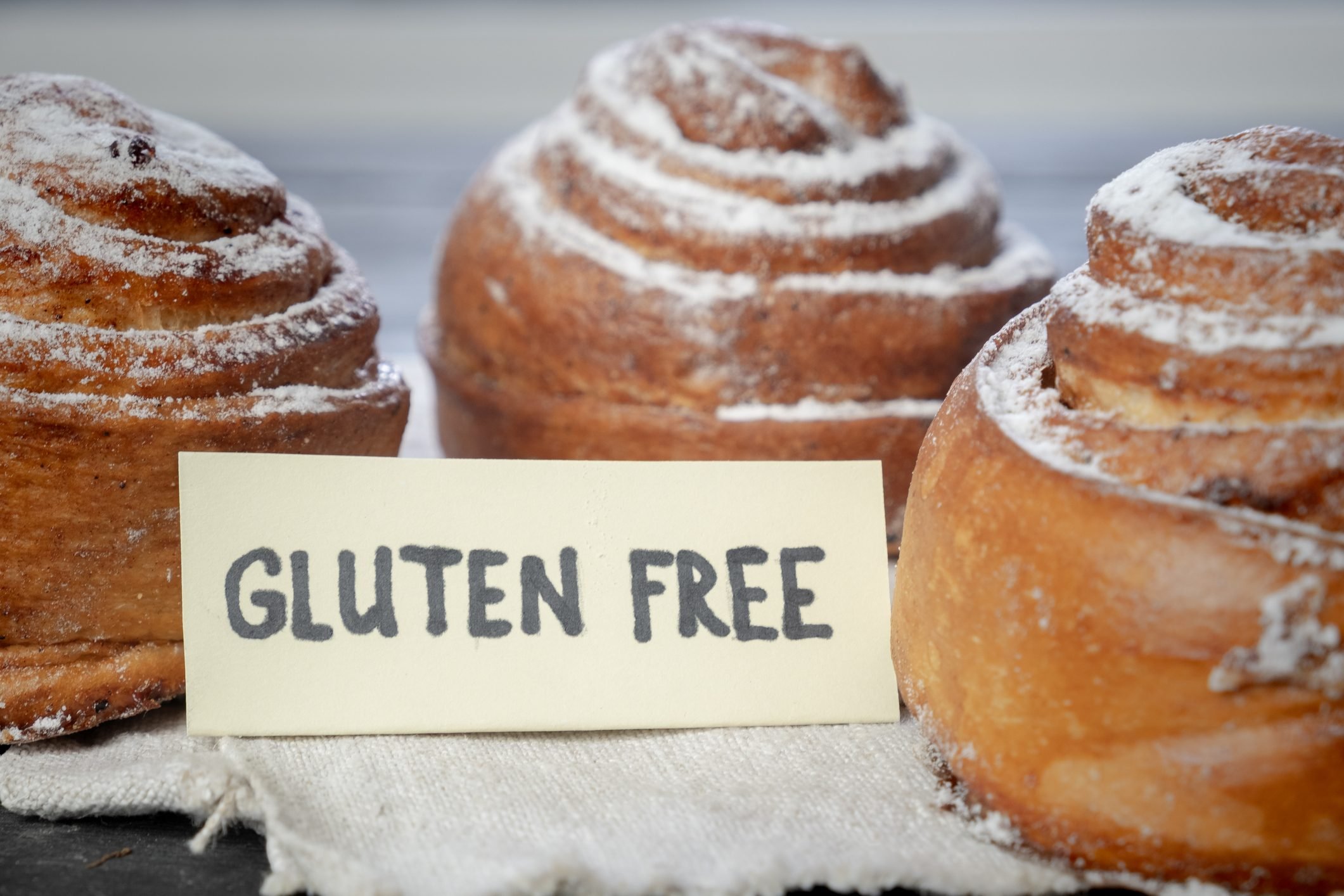
You assume gluten-free is healthier
Unless you have celiac disease or a gluten intolerance, there’s no need to cut gluten from your diet. In fact, your waistline could actually take a hit if you replace regular bread with gluten-free versions. Gluten helps bread keep its shape, so manufacturers add ingredients like corn syrup and sugar to get the right texture. “A lot of bread products have a lot of extra fat compared to non-gluten-free products,” says Mills. “Gluten-free folks really need to watch for it in a big way.”
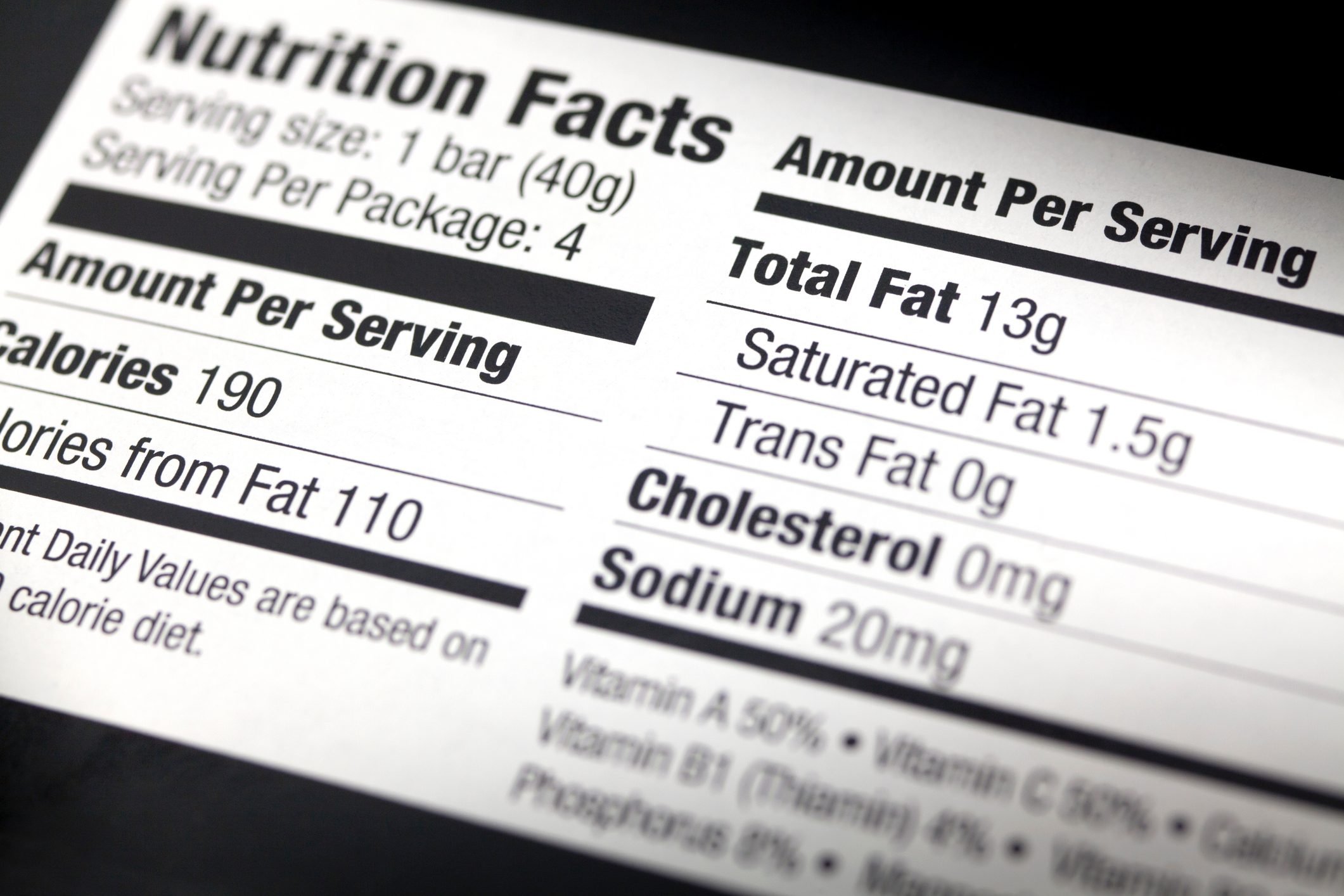
You don’t look at the type of fat breakdown
Total fat is listed on a nutrition label because fat has more calories per gram than carbs or protein, so high-fat foods tend to be high-calorie, says Bruning. But scan down a bit more and you’ll see it broken down into saturated fats and trans fats. “Those are called out because saturated fats, and especially trans fats, are linked to higher incidents of heart disease,” says Bruning. Some manufacturers also choose to list “good” monounsaturated or polyunsaturated fats, which are actually beneficial for your heart and cholesterol.
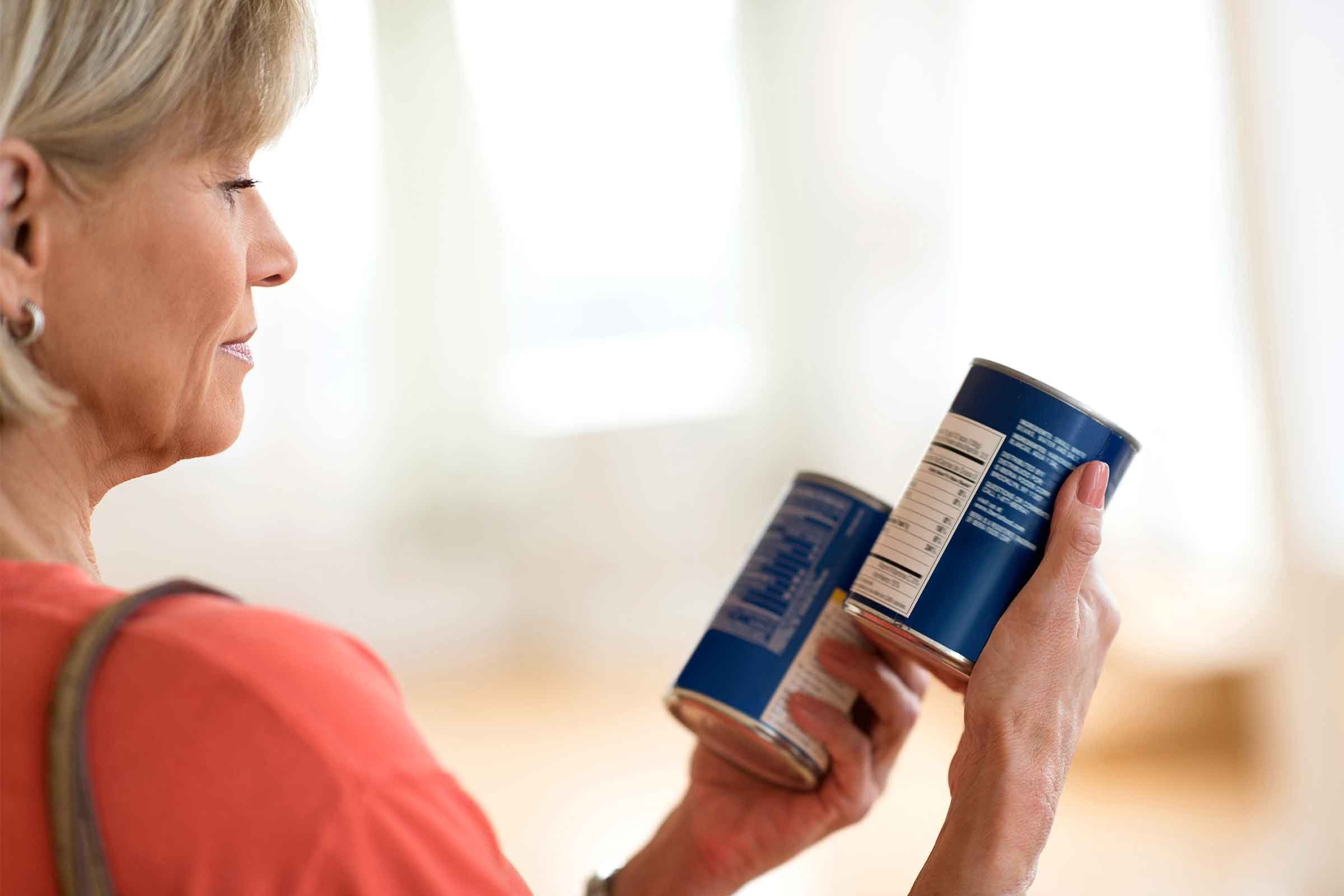
You fall for healthy-looking packaging
Just because a product has the word “harvest” or “simple” doesn’t mean it’s earned its health halo. Take a deeper look at its ingredients and nutrition to decide for yourself—it could still be high in calories, fat, or sugar. “We used to have to spend all our days hunting and gathering food, and somehow we think we don’t have to spend any time anymore,” says Mills. “Turn the package over and really know what you’re getting.”
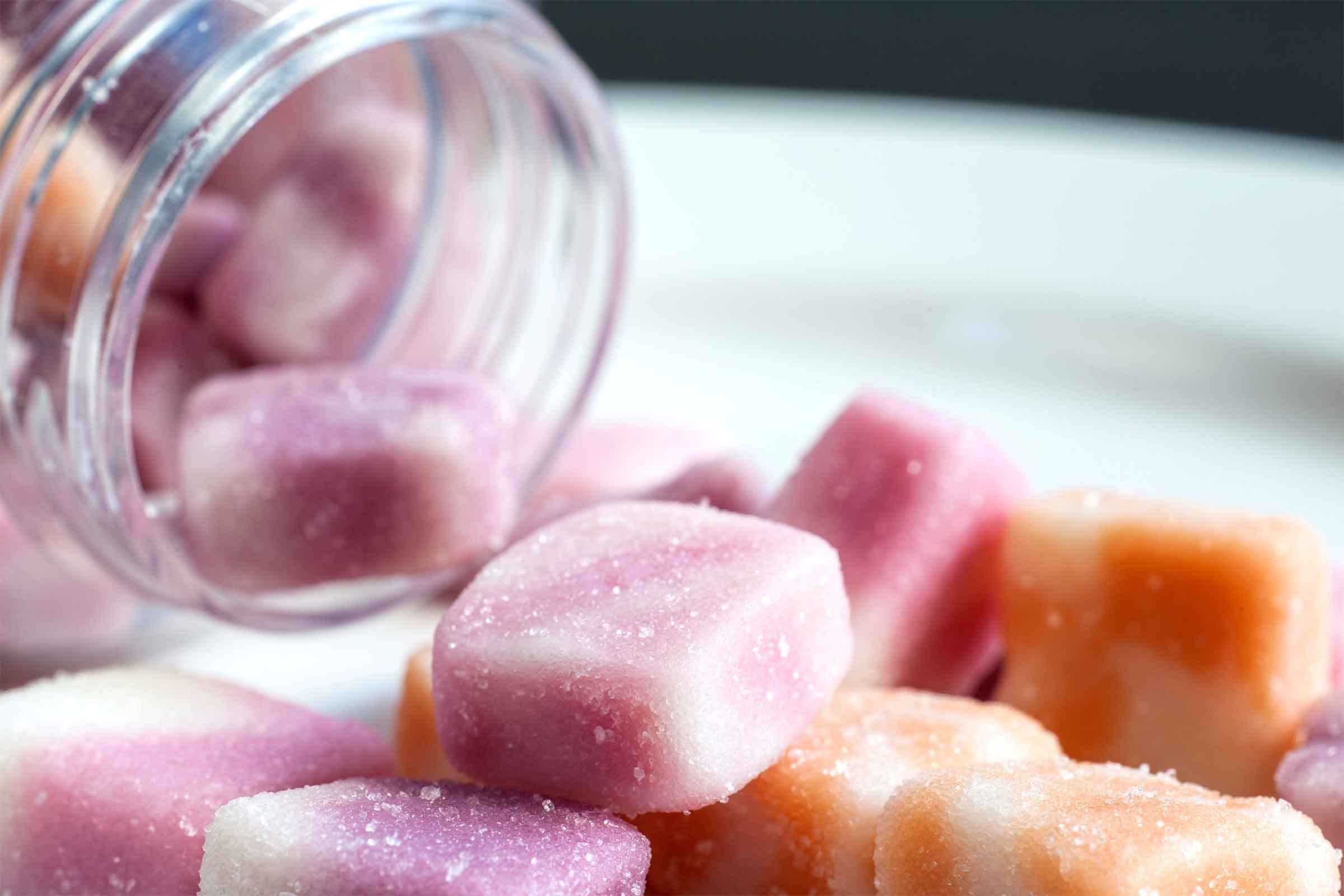
You take percent daily value as law
The percent daily value you see next to vitamins, minerals, and other nutrients is based on the average diet, not your individual needs. “Percent daily values are based on a 2,000 calorie diet, which is across the spectrum what we call average for healthy adults,” says Bruning. “Many fall into a range of more or less than that.” You probably won’t run the risk of overdosing on a vitamin from food sources, but if you think you’re falling short, ask your doctor if you should start taking a supplement. Now, check out these vitamin myths you need to stop believing.
Sources:
- Libby Mills, MS, RDN, LDN, FAND, Pennsylvania-based culinary nutritionist for Villanova University’s MacDonald Center for Obesity Prevention and Education, professor of nutrition at Neumann University, and spokeswoman for the Academy of Nutrition and Dietetics
- Jen Bruning, MS, RDN, LDN, spokeswoman for the Academy of Nutrition and Dietetics, Chicago